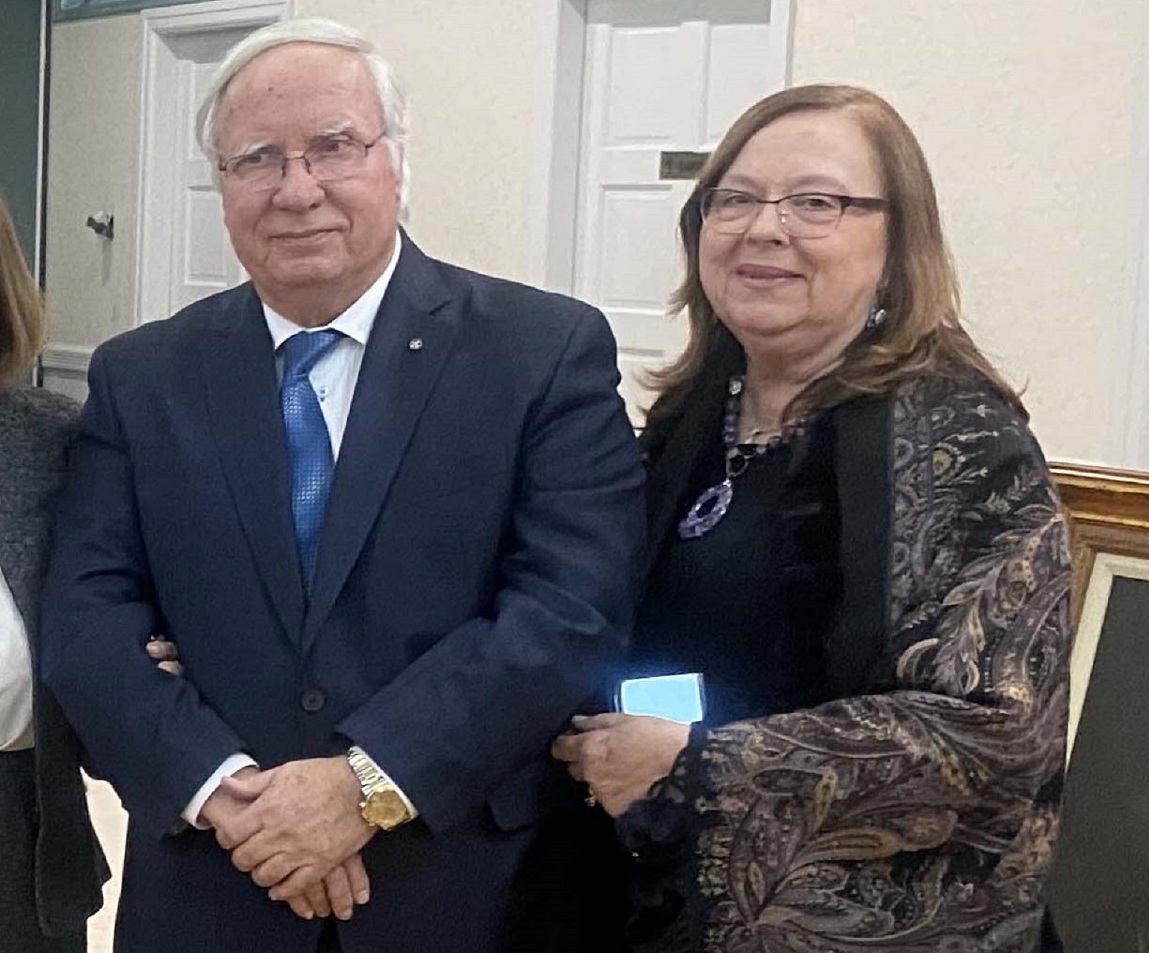The birthplace of Eastern Christianity is ravaged and disappearing. It is time to realize the positive outcome of Eastern Orthodoxy in international communities. The transfiguration of Christ Greek Orthodox Church on Breakwater Rd., Mattituck, New York was my introduction to the legendary work of iconographer George Filippakis of the Cretan School.
What is the Cretan School of iconography? “an important school of icon painting, under the umbrella of post-Byzantine art,[1] which flourished while Crete was under Venetian rule during the late Middle Ages, reaching its climax after the Fall of Constantinople, becoming the central force in Greek painting during the 15th, 16th and 17th centuries. The Cretan artists developed a particular style of painting under the influence of both Eastern and Western artistic traditions and movements”1Byzantine art masterpieces are practically non-extent in the areas that composed the Byzantine Empire. I am lucky I went to Russia in 2015 before the Covid-19 pandemic.
Mr. Filippakis is from the island of Crete. “When he was 11, he apprenticed with a Byzantine iconographer, Stylianos Kartakis, to paint some additional scenery for the church. ”That’s how I learned iconography,” he said.”2

I feel comfort at the interior exit watching the wall icon of the Nativity. In Fall 2015, our guide Irina Chetina opened the “Legacy of Constantinople and the Byzantine Empire” to us through art and architecture in modern Russia. We went to the Tretyakov Gallery and saw the “Nativity of Jesus” by Andrei Rublev.3 Mr. Filippakis’ Nativity is classic Byzantine. Directly underneath are the Archangels Gabriel (messenger) and Michael (warrior). When I view these Archangels, the Christian message and fighting spirit are reinforced. They give the onlooker a feeling of protection.
The Transfiguration of Christ wall icon comes alive when we celebrate the church Feast Day on August 6th. Gazing at the Transfiguration continues to give me the meaning of transformation and metamorphosis of one’s life. The colors are impressive. Every space is fill with large wall icons such as: Baptism of Jesus Christ; Entry into Jerusalem on Palm Sunday; The Crucifixion; Resurrection; Ascension and Pentecost and other icons. Father Andreas Cardieux is the Theologian expert who can describe all interested persons.
What was the Byzantine Empire? It was a multi-ethnic, multi-racial society without Nationalism. Everyone was a Roman with a secular education of classics, math, science. The Greek/Roman civilization was based on Eastern Christian religion. It was termed Byzantine during Renaissance by a German scholar to show it was inferior to the West. The Byzantine Empire is the only empire in history to last over 1100 years.

The survival of the culture of the successors of Alexander and of Rome must also be attributed to the unrecognized Hellenized Armenians. The Armenians embraced the Empire’s Greek language, culture,and religion becoming Byzantines. They helped saved Western Civilization for over five hundred years as Emperors, military leaders, and soldiers, protecting Western Europe from barbarian invasions. They intermarried with Roman-Byzantine Aristocracy. Armenians assimilated in a Christian melting pot.4
Warren Treadgold who wrote in “The Persistence of Byzantium”, in wilsonquarterly.com said that “Byzantium is also a frustrating subject for those who adopt the modern view that all that matters or has ever mattered, is race, class, and gender. Like other ancient and medieval peoples, the Byzantines had no idea of race in the modern sense, and to them black skin was like red hair, merely an uncommon physical characteristic. Practically all Byzantines, including their few slaves, were what we would call white. They may be called multiethnic in the sense that, along with the ethnically mixed people we call Greeks, they included Armenians, Slavs, Syrians, Egyptians, Albanians, and others…. Moreover, in a generation or two, the Armenians, Syrians, and others who migrated to Greek-speaking areas forgot their own languages, intermarried with Greeks, and became indistinguishable from them. Byzantium was far less a multicultural society than it was a melting pot.5
The Eastern Orthodox Christian communities remember their roots. George Filippakis’ iconography elevates him to the great masters of Byzantine art. As we face a second season of the Covid-19 pandemic, memories of his work at the Transfiguration of Christ Greek Orthodox Church, Mattituck, give me hope that our Eastern Orthodox Christianity will persevere and overcome all obstacles to survive in 2021.
References:
For more information, contact Father Andreas Cardieux, who is bilingual in Greek/English at https://www.facebook.com/TOCCMattituck, [email protected], and church office 631 298-9652.
- https://en.wikipedia.org/wiki/Cretan_School
- https://www.nytimes.com/2002/03/10/nyregion/a-touch-of-byzantine-art-finds-its-way-to-greenlawn.html
- https://greekamericanexperience.wordpress.com/2017/12/19/byzantine-nativity-icon-seen-throughout-holiday-season/
- https://greekamericanexperience.wordpress.com/2019/10/
- http://archive.wilsonquarterly.Photocom/essays/persistence-Byzantium- Persistence of Byzantium







